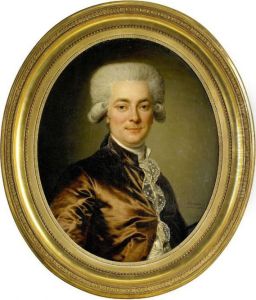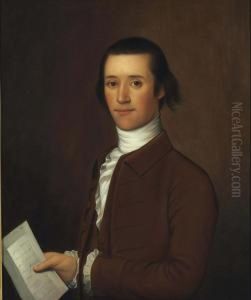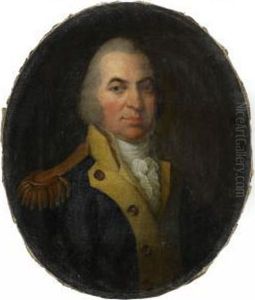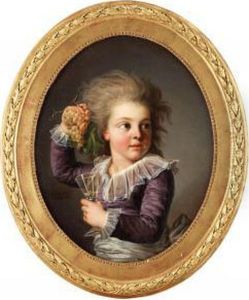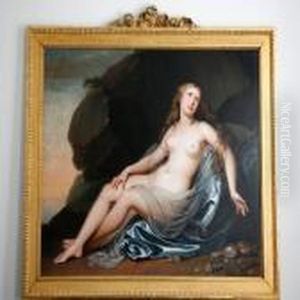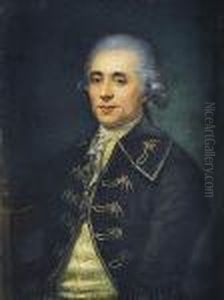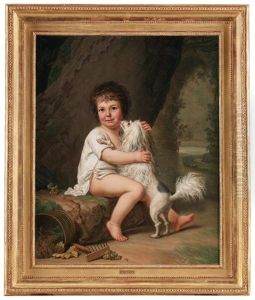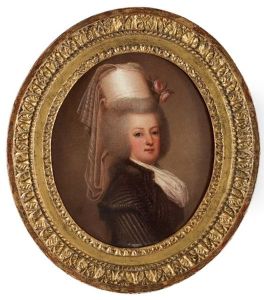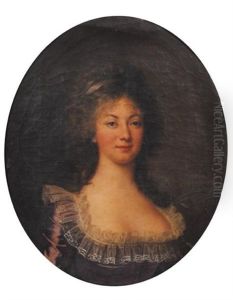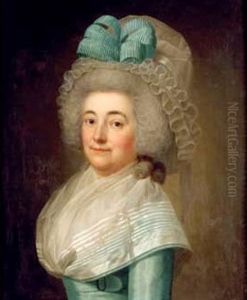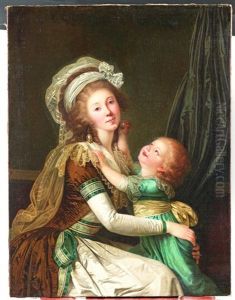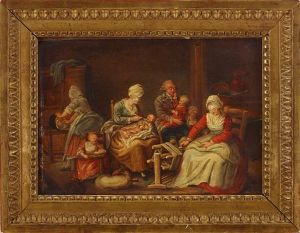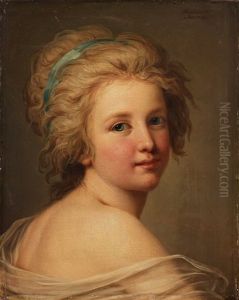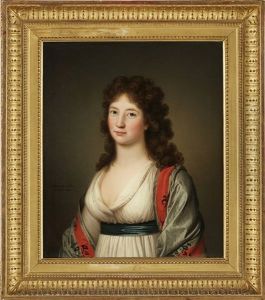Adolf Ulrik Wertmuller Paintings
Adolf Ulrik Wertmüller was a Swedish painter whose career spanned the late 18th and early 19th centuries. Born on February 18, 1751, in Stockholm, Sweden, Wertmüller began his artistic training at the Royal Swedish Academy of Arts in Stockholm. He showed considerable talent from an early age and was recognized for his exceptional skill in painting, particularly in portraits and historical scenes.
Wertmüller's early work was influenced by the French Rococo style, which was popular during his time. He traveled to Paris to further his studies and work, where he became influenced by the neoclassical movement. In Paris, he was greatly influenced by the works of artists such as Jacques-Louis David. Wertmüller's style evolved to incorporate the neoclassical emphasis on clarity, order, and the use of classical themes from history and mythology.
In 1784, he was commissioned to paint Marie Antoinette, Queen of France, which became one of his most famous works. The success of this portrait led to further commissions from other members of the French aristocracy. Despite his success in France, Wertmüller decided to move to the United States in 1794, where he hoped to further his career. He settled in Wilmington, Delaware, and later in Philadelphia, Pennsylvania, where he continued to paint portraits of prominent American figures.
His time in the United States, however, did not prove as fruitful as he had hoped, and he faced several challenges, including financial difficulties and a lack of commissions compared to his time in Europe. Disappointed, Wertmüller returned to Sweden in 1796, where he was well-received and continued his work. He was elected a member of the Royal Swedish Academy of Arts and continued to paint until his death.
Adolf Ulrik Wertmüller passed away on October 5, 1811, in Stockholm. Although he never achieved the same level of fame as some of his contemporaries, his work remains an important part of Swedish and European art history. His paintings are characterized by their fine detail, vivid color, and the emotional depth of his subjects. Today, Wertmüller's works can be found in museum collections in Sweden and abroad, and he is remembered as a notable figure in the transition from Rococo to Neoclassicism in European art.


